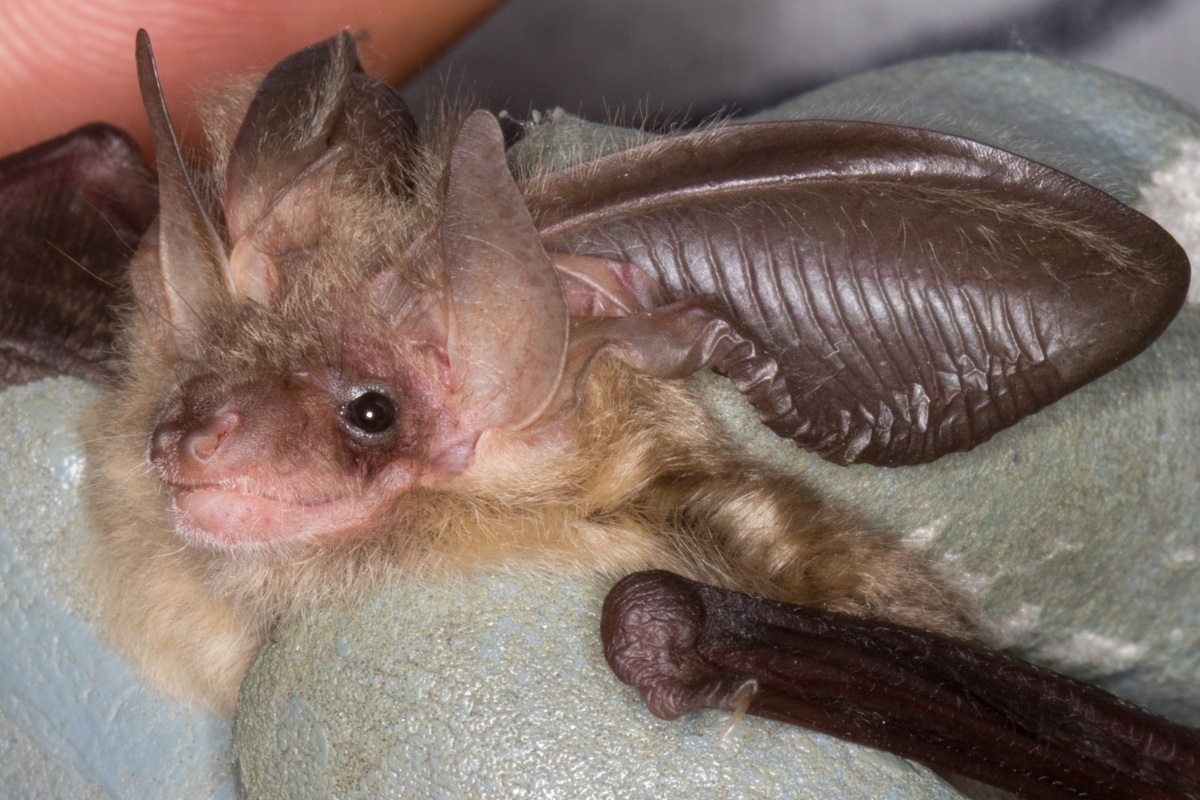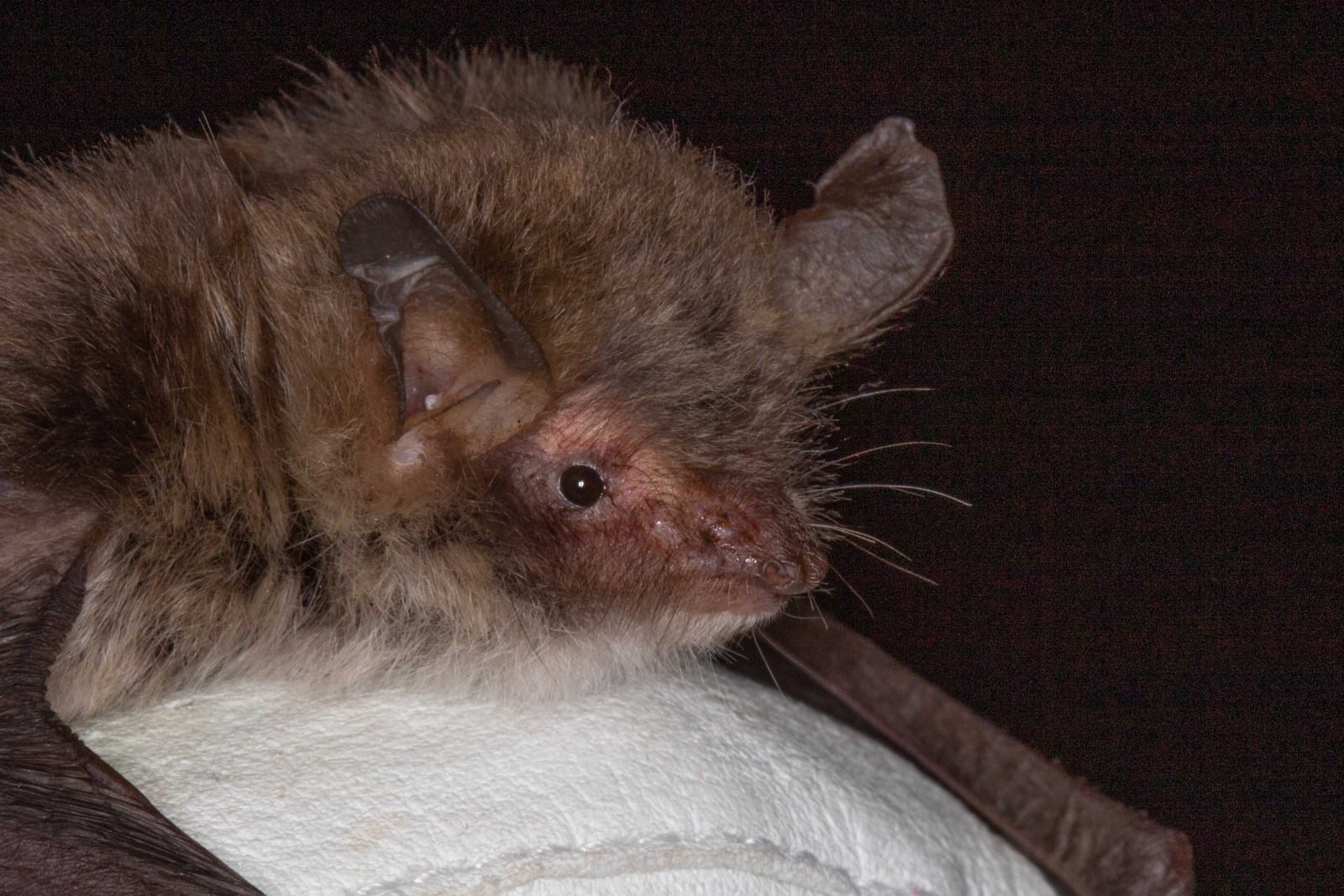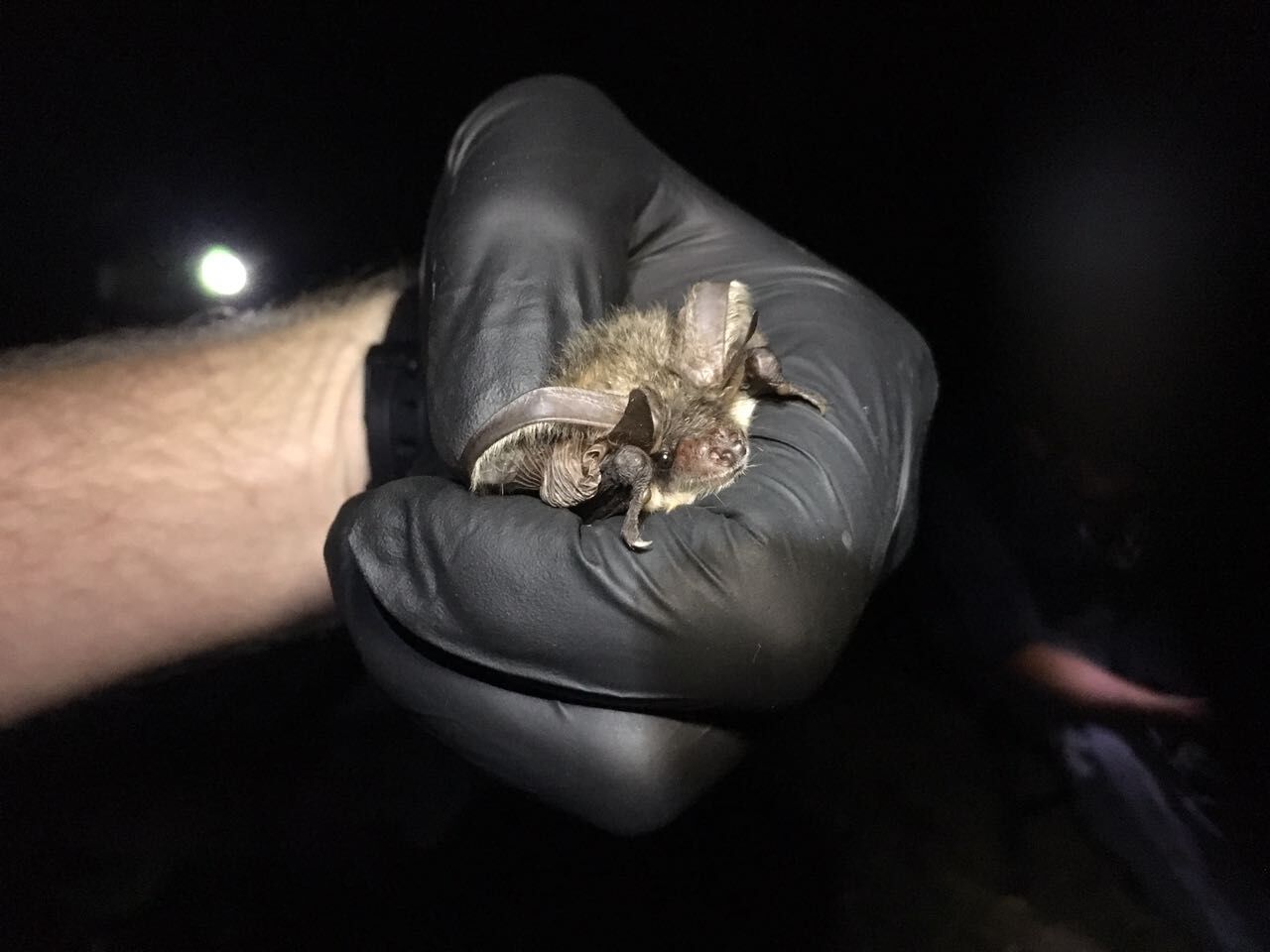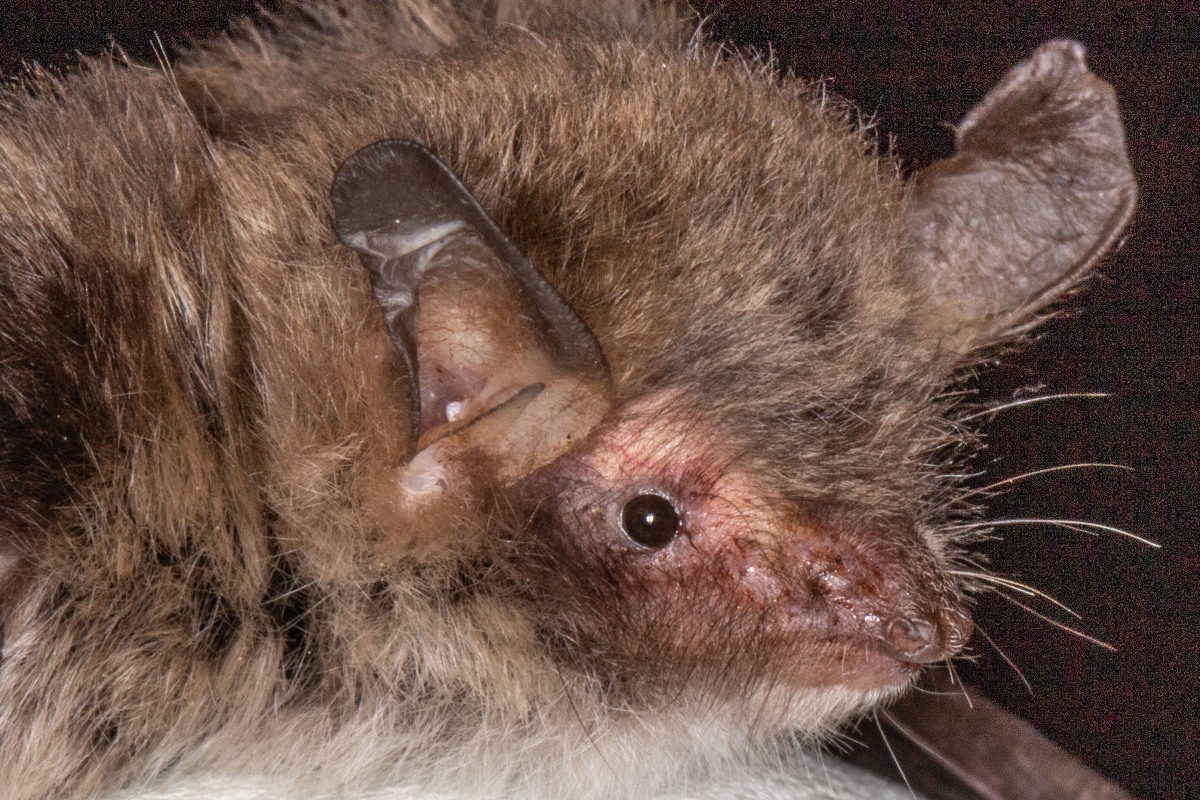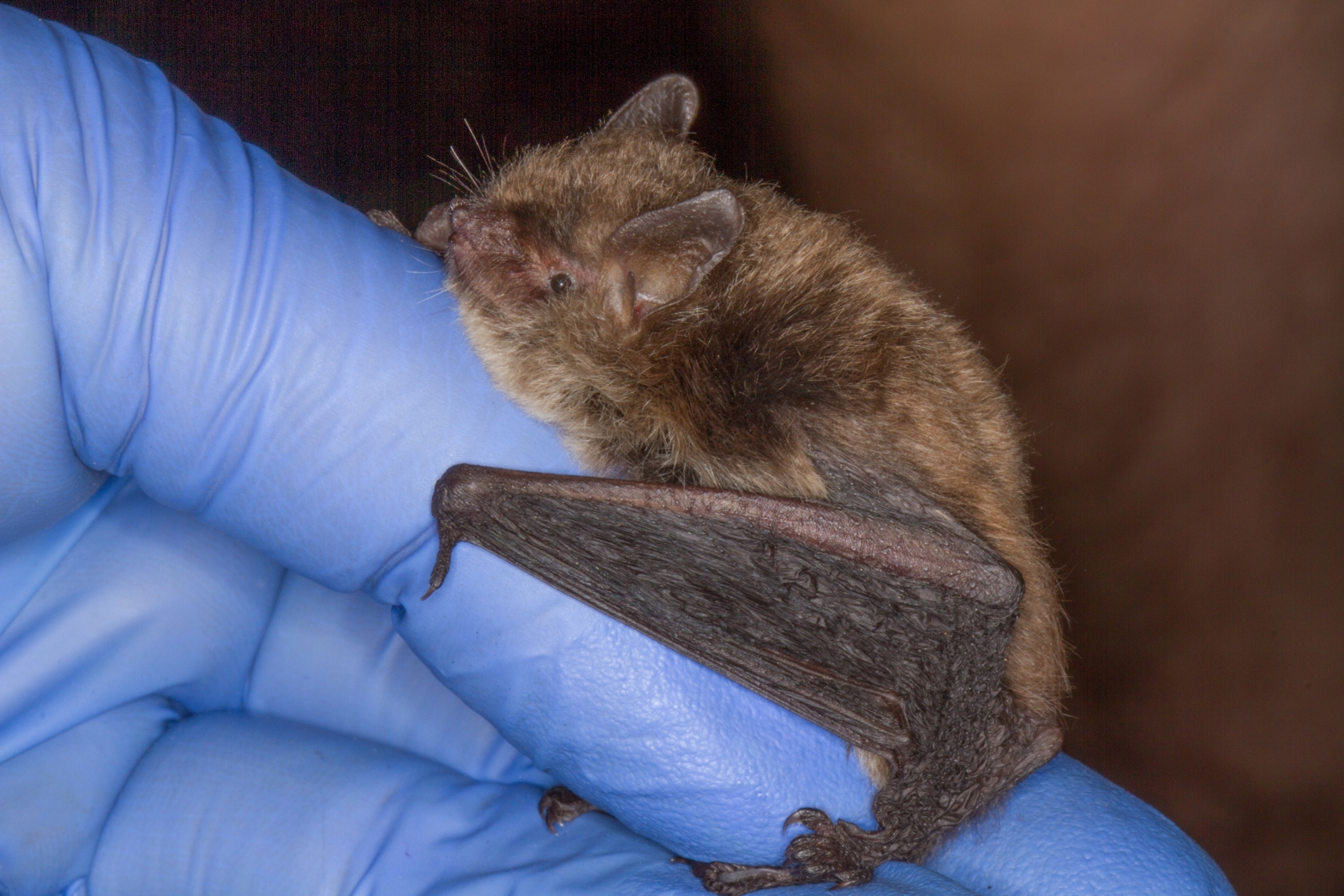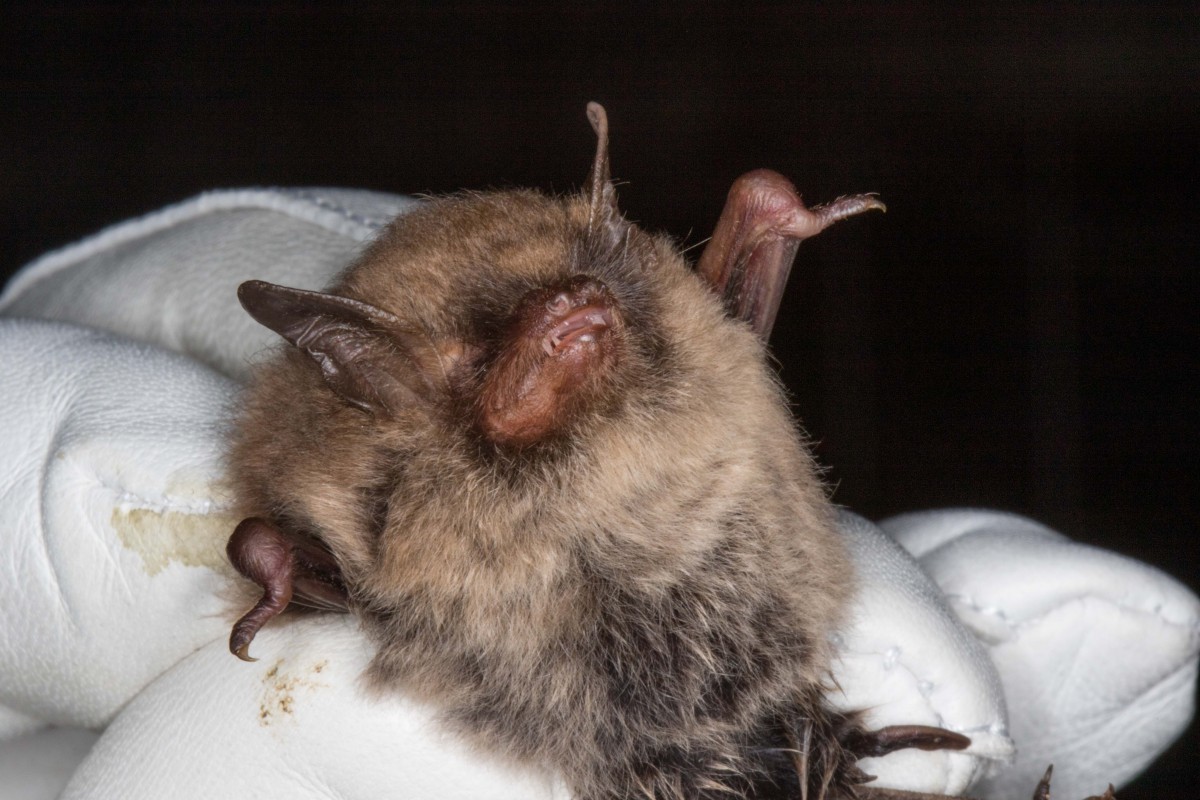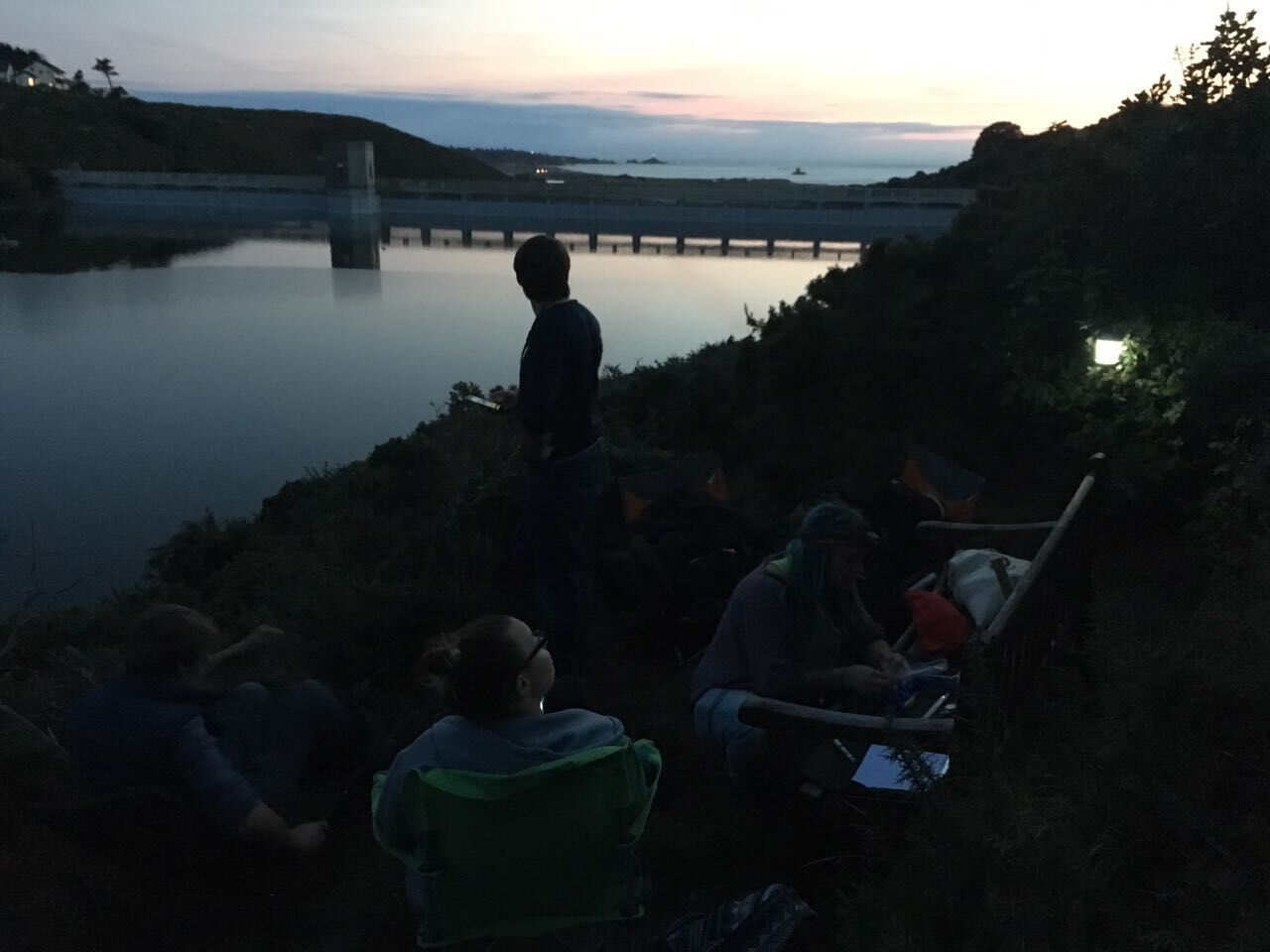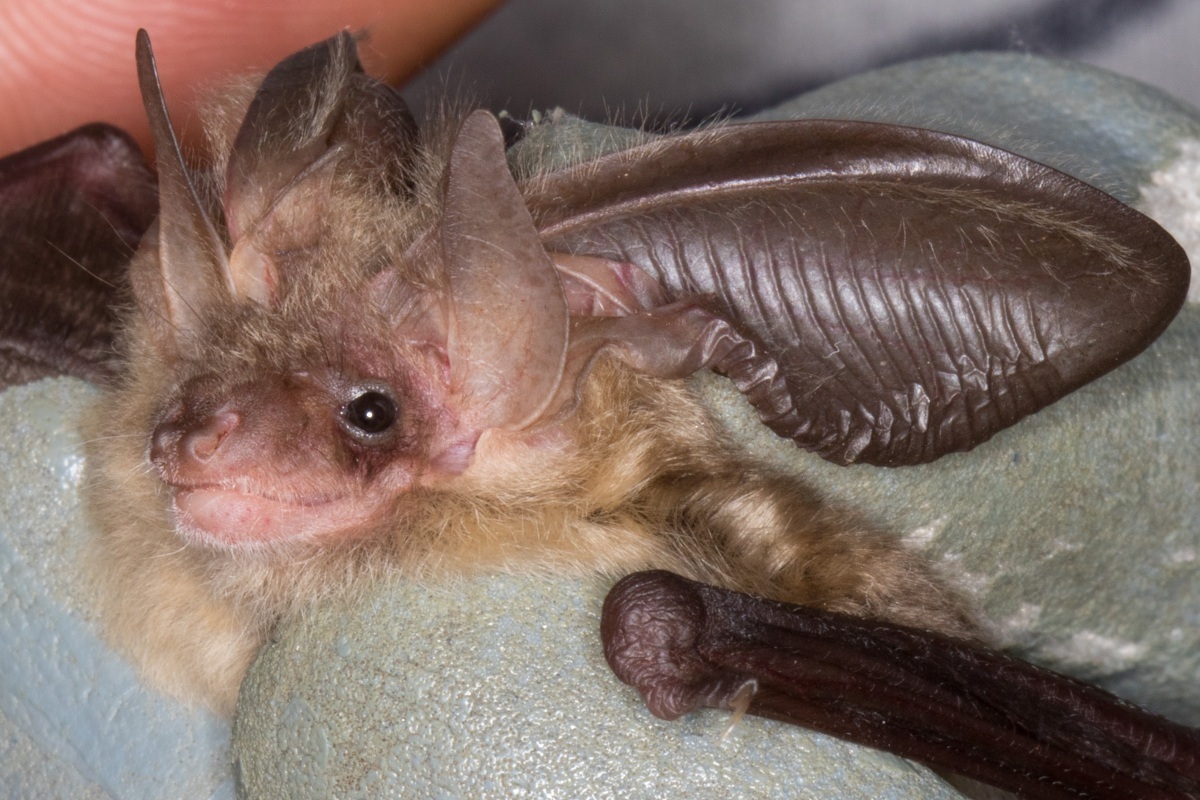Serotine Bat
Serotine Bat (Eptesicus serotinus)
- Biometrics:
-
- Head & body: 58 – 80 mm
- Wingspan: 320 – 380 mm
- Weight:15 – 35 grams
- Call frequency: 32 kHz
- Age: Up to 19 years
- Flight patterns:
- A slow, looping flight from anywhere between the canopy to ground level with distinctive short glides or steep descents. Noticeably, flies close to vegetation and will flop on to it with their wings outstretched in order to catch large insects.
- Emergence times:
- 15 – 25 minutes after sunset.
- Food:
- Often seasonal being mainly diptera and moths during the spring but more particularly chafers and dung beetles throughout the summer.
- Feeding habitat:
- Pasture, parkland, open woodland edge, tall hedgerows, gardens and suburban areas. In some areas will feed around street lamps and even catch prey items from the ground. Most food is caught within 2 km of the roost site and large beetles are normally eaten on the wing.
- Roosts:
- Due to the size of this bat they require a larger entrance than most other species in the U.K. and therefore this must limit the houses they are able to use. The average colony size is 15 – 30 bats.
- Summer –
- Roost mainly in buildings with high gable ends and cavity walls, especially houses aged around the 1900s or much older. Serotines are less frequently found in modern buildings and rarely in tree roosts. They tend to roost hidden in crevices, around chimneys, in cavity walls, between felt or boarding, under slates or even beneath floor boards. On a behavioural note they are often seen circling the roost before they enter it and will associate with other species in any given roost site.
- Winter –
- Few have been found in winter but it is presumed that they may over-winter in their summer roosts and certainly will use buildings for their purposes. Those that have been found have occupied cavity walls and disused chimneys. Serotines have been rarely found in caves or accumulations of boulders.
- Breeding:
- Maternity colonies for this species are almost exclusively comprised of females and will build up from around May. It is not unknown for such larger colonies to sometimes change roost sites.Single young are born from July to mid-August and the juveniles are sometimes carried by the mother in the first few days. At 3 weeks the young are able to make their first flight and after 6 weeks are fully weaned.Maternity colonies will disperse by early September.Males tend to remain solitary or form small groups. They are occasionally found with the females during the spring and autumn, however, almost nothing is known about the Serotine’s mating behaviour.
- General distribution notes:
- This is a less common species, occurring mainly in the south of the U.K. In Jersey a roost was discovered in 2013 at a church but the distribution remains unknown and the species is believed to be an uncommon resident.
